If you want to enrich a company with its domain, Clay's Enrich Company by Domain feature allows users to access vital information about any company using its domain or company name. This includes firmographic, funding, and competitor data from sources like Craft.co, Google, and more.
A manual guide to enriching a company
To enrich Company data manually, one must follow a tedious, time-consuming process that requires significant effort and resources.
- Identify the data needed: Determine the specific data you want to collect about the Company.
- Research sources: Find reliable sources, such as company websites, social media profiles, and industry reports, to gather the required information.
- Manual data extraction: Spend countless hours manually extracting the data from these sources, which can be a highly inefficient and error-prone process.
- Organize and analyze: Compile the collected data into a usable format, and analyze it to gain insights and make informed decisions.
This manual approach can take up a significant amount of time and resources, making it an unappealing option for businesses looking to scale their operations.
A step-by-step guide to enriching a company with Clay
To enrich company data using Clay, follow this simple step-by-step guide.
- Input the company's domain or name into Clay.
- Save your changes.
- Run the enrichment process.
- Access the enriched data, including headquarters, socials, Glassdoor, Crunchbase, and employment information.
- Utilize the unique information for prospecting purposes.
With these steps, you can efficiently enrich Company data using Clay and uncover valuable insights for your prospecting efforts.
Clay vs. PhantomBuster
PhantomBuster is another platform that offers automation tools and services for lead generation, data and email enrichment, and social media outreach. However, when comparing it to Clay, there are some key differences:
- Data sources: Clay harnesses 50+ data providers, while PhantomBuster's data sources are not explicitly mentioned on their enrichment page.
- AI-powered emails: Clay uses AI to write personalized emails that land in inboxes, a feature not mentioned in PhantomBuster's offering.
- One-stop solution: Clay is described as the "1 sales tool to rule them all," providing a comprehensive solution for sales teams, whereas PhantomBuster focuses on specific automation tools and services.
Clay vs. Captain Data
Captain Data is an alternative to Clay, offering various automation features. Here are the main differences between the two:
- Integration variety: Clay harnesses 50+ data providers, while Captain Data's Automations Library lists fewer unique features.
- AI-powered personalization: Clay uses AI to write personalized emails, whereas Captain Data focuses on automating lead generation and ABM processes.
- Real-time scraping: Clay offers real-time data scraping, providing more up-to-date information compared to Captain Data's automation features.
Use cases for enriching a company
After enriching a company using Clay's Enrich Company by Domain feature, you can leverage the obtained data in various ways. The video tutorials and templates on the integrations page demonstrate several use cases, such as finding international employees, identifying recently hired decision-makers, and more.
Some use cases for scraping company data include:
- Finding international employees: Discover the number of employees working in different countries.
- Identifying recently hired decision-makers: Target new executives for sales outreach.
- Pitching a nutrition app to blog writers: Connect with relevant influencers in the health and wellness industry.
- Scoring leads based on criteria: Prioritize leads using custom scoring algorithms.
- Researching competitors: Gain insights into a company's competitors and their strategies.
Explore more use cases and learn how to effectively use the enriched data on the Clay Integrations page.
How to enrich other data sources using Clay
Clay offers a variety of integrations for enriching your prospecting list. Here are some notable options for data enrichment:
- Technographics: Gain insights into a company's technology stack and usage patterns. See the Clay Integrations page for more details.
- Industry Classification: Identify a company's industry sector and sub-sector for targeted outreach.
- Revenue: Estimate a company's annual revenue to better understand their financial standing.
- Employee Count: Determine the size of a company based on the number of employees.
- Location Data: Access information about a company's headquarters and other office locations.
Other integrations supported by Clay
Clay supports a wide range of integrations to help users build better lead lists and write personalized emails. Here are three integrations that Clay supports:
- Airtable: Clay integrates with Airtable, a flexible and powerful spreadsheet-database hybrid platform, allowing users to manage and organize their lead data efficiently.
- Clearbit: With Clearbit integration, users can enrich their lead data with valuable information such as company size, industry, and location, helping them target the right prospects.
- Google: Clay's integration with Google enables users to access various Google services like Google Sheets, Google Analytics, and Google Search Console, providing valuable insights and data management capabilities.
Clay simplifies prospecting and data gathering tasks by offering a wide range of integrations, such as Airtable, Clearbit, and Google. These integrations, along with Clay's other features, save time and effort, making it an essential tool for sales professionals looking to book more meetings and close deals.
If you want to enrich a company with its domain, Clay's Enrich Company by Domain feature allows users to access vital information about any company using its domain or company name. This includes firmographic, funding, and competitor data from sources like Craft.co, Google, and more.
A manual guide to enriching a company
To enrich Company data manually, one must follow a tedious, time-consuming process that requires significant effort and resources.
- Identify the data needed: Determine the specific data you want to collect about the Company.
- Research sources: Find reliable sources, such as company websites, social media profiles, and industry reports, to gather the required information.
- Manual data extraction: Spend countless hours manually extracting the data from these sources, which can be a highly inefficient and error-prone process.
- Organize and analyze: Compile the collected data into a usable format, and analyze it to gain insights and make informed decisions.
This manual approach can take up a significant amount of time and resources, making it an unappealing option for businesses looking to scale their operations.
A step-by-step guide to enriching a company with Clay
To enrich company data using Clay, follow this simple step-by-step guide.
- Input the company's domain or name into Clay.
- Save your changes.
- Run the enrichment process.
- Access the enriched data, including headquarters, socials, Glassdoor, Crunchbase, and employment information.
- Utilize the unique information for prospecting purposes.
With these steps, you can efficiently enrich Company data using Clay and uncover valuable insights for your prospecting efforts.
Clay vs. PhantomBuster
PhantomBuster is another platform that offers automation tools and services for lead generation, data and email enrichment, and social media outreach. However, when comparing it to Clay, there are some key differences:
- Data sources: Clay harnesses 50+ data providers, while PhantomBuster's data sources are not explicitly mentioned on their enrichment page.
- AI-powered emails: Clay uses AI to write personalized emails that land in inboxes, a feature not mentioned in PhantomBuster's offering.
- One-stop solution: Clay is described as the "1 sales tool to rule them all," providing a comprehensive solution for sales teams, whereas PhantomBuster focuses on specific automation tools and services.
Clay vs. Captain Data
Captain Data is an alternative to Clay, offering various automation features. Here are the main differences between the two:
- Integration variety: Clay harnesses 50+ data providers, while Captain Data's Automations Library lists fewer unique features.
- AI-powered personalization: Clay uses AI to write personalized emails, whereas Captain Data focuses on automating lead generation and ABM processes.
- Real-time scraping: Clay offers real-time data scraping, providing more up-to-date information compared to Captain Data's automation features.
Use cases for enriching a company
After enriching a company using Clay's Enrich Company by Domain feature, you can leverage the obtained data in various ways. The video tutorials and templates on the integrations page demonstrate several use cases, such as finding international employees, identifying recently hired decision-makers, and more.
Some use cases for scraping company data include:
- Finding international employees: Discover the number of employees working in different countries.
- Identifying recently hired decision-makers: Target new executives for sales outreach.
- Pitching a nutrition app to blog writers: Connect with relevant influencers in the health and wellness industry.
- Scoring leads based on criteria: Prioritize leads using custom scoring algorithms.
- Researching competitors: Gain insights into a company's competitors and their strategies.
Explore more use cases and learn how to effectively use the enriched data on the Clay Integrations page.
How to enrich other data sources using Clay
Clay offers a variety of integrations for enriching your prospecting list. Here are some notable options for data enrichment:
- Technographics: Gain insights into a company's technology stack and usage patterns. See the Clay Integrations page for more details.
- Industry Classification: Identify a company's industry sector and sub-sector for targeted outreach.
- Revenue: Estimate a company's annual revenue to better understand their financial standing.
- Employee Count: Determine the size of a company based on the number of employees.
- Location Data: Access information about a company's headquarters and other office locations.
Other integrations supported by Clay
Clay supports a wide range of integrations to help users build better lead lists and write personalized emails. Here are three integrations that Clay supports:
- Airtable: Clay integrates with Airtable, a flexible and powerful spreadsheet-database hybrid platform, allowing users to manage and organize their lead data efficiently.
- Clearbit: With Clearbit integration, users can enrich their lead data with valuable information such as company size, industry, and location, helping them target the right prospects.
- Google: Clay's integration with Google enables users to access various Google services like Google Sheets, Google Analytics, and Google Search Console, providing valuable insights and data management capabilities.
Clay simplifies prospecting and data gathering tasks by offering a wide range of integrations, such as Airtable, Clearbit, and Google. These integrations, along with Clay's other features, save time and effort, making it an essential tool for sales professionals looking to book more meetings and close deals.





















.avif)

.jpg)


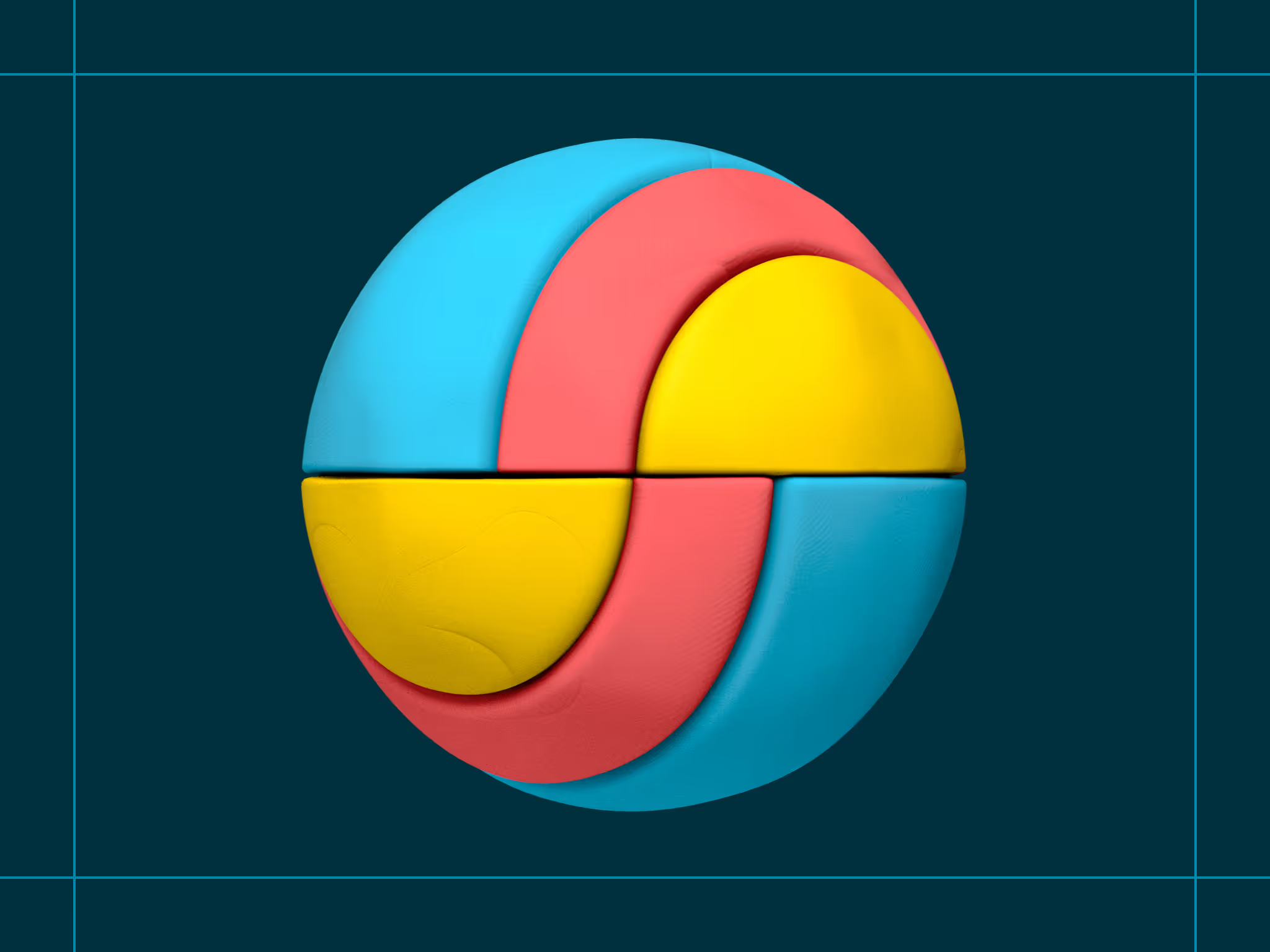
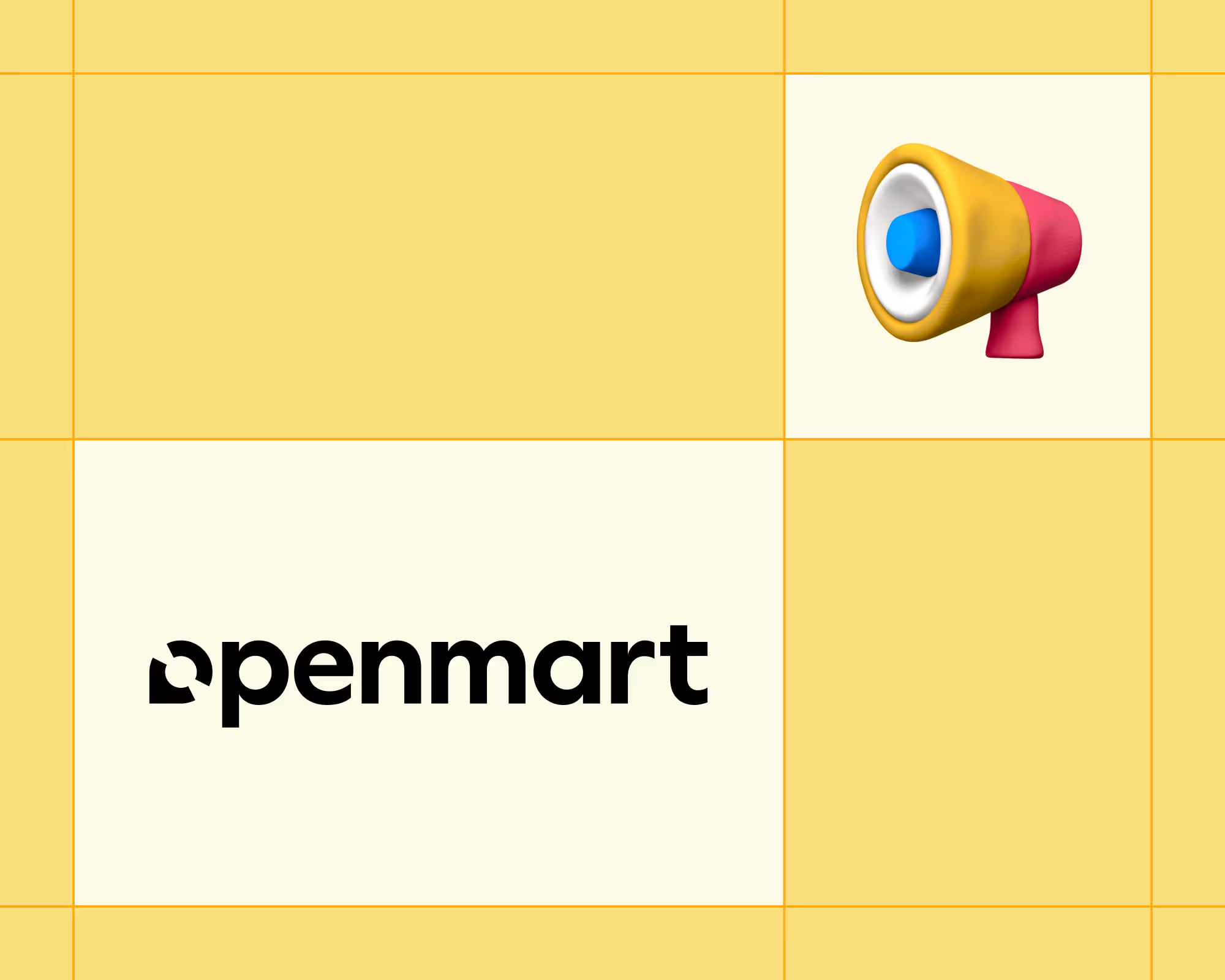
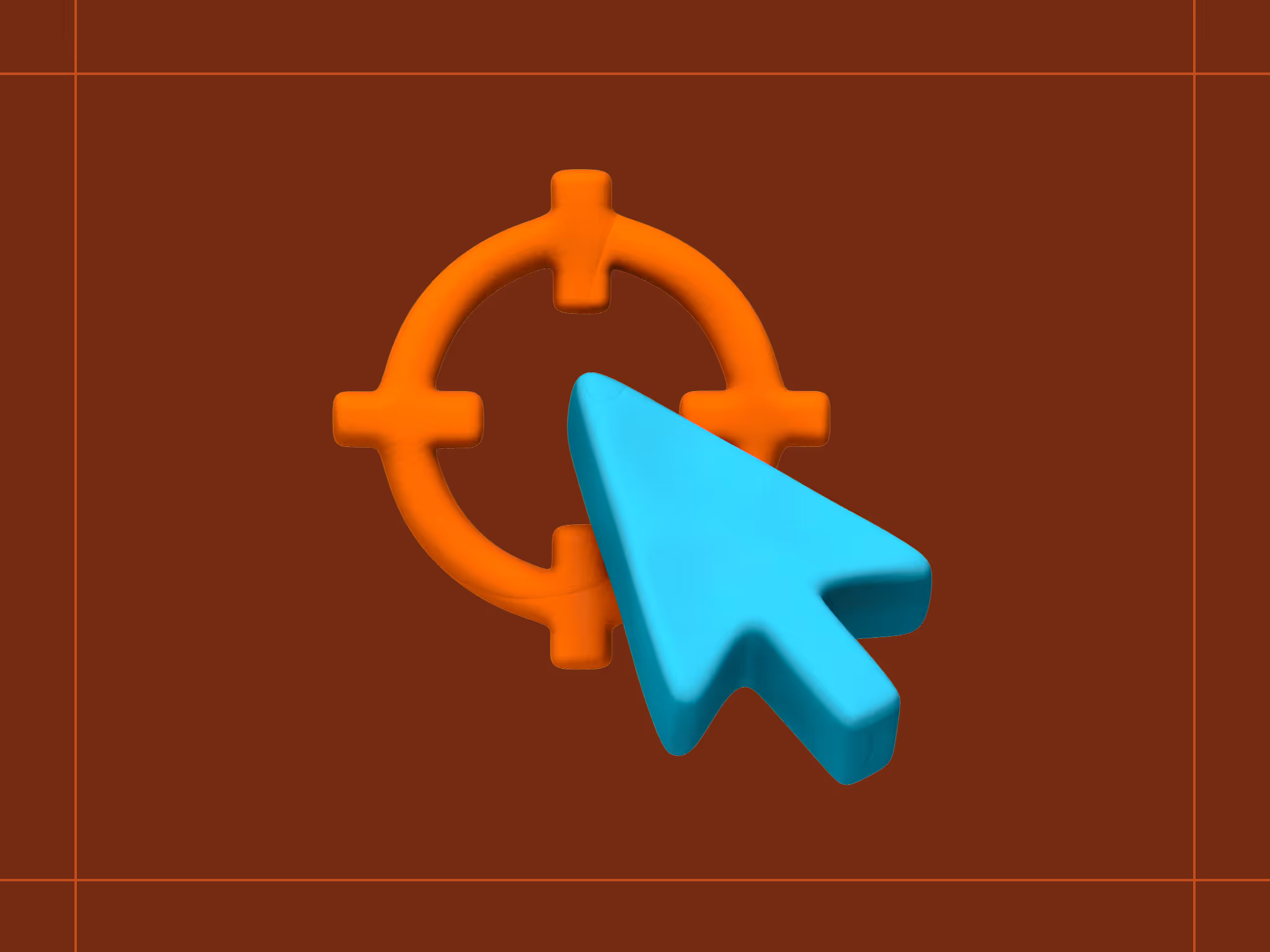
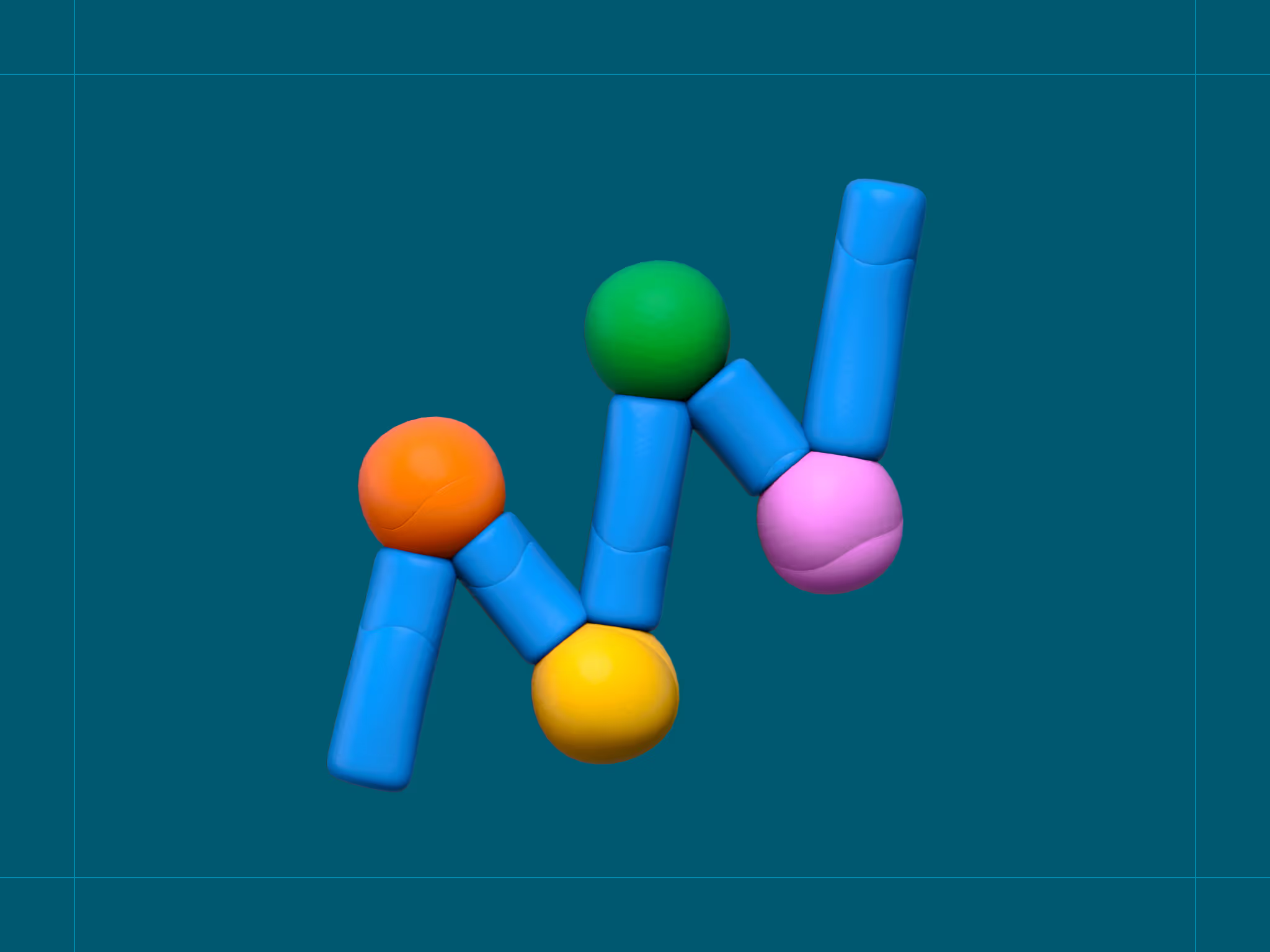
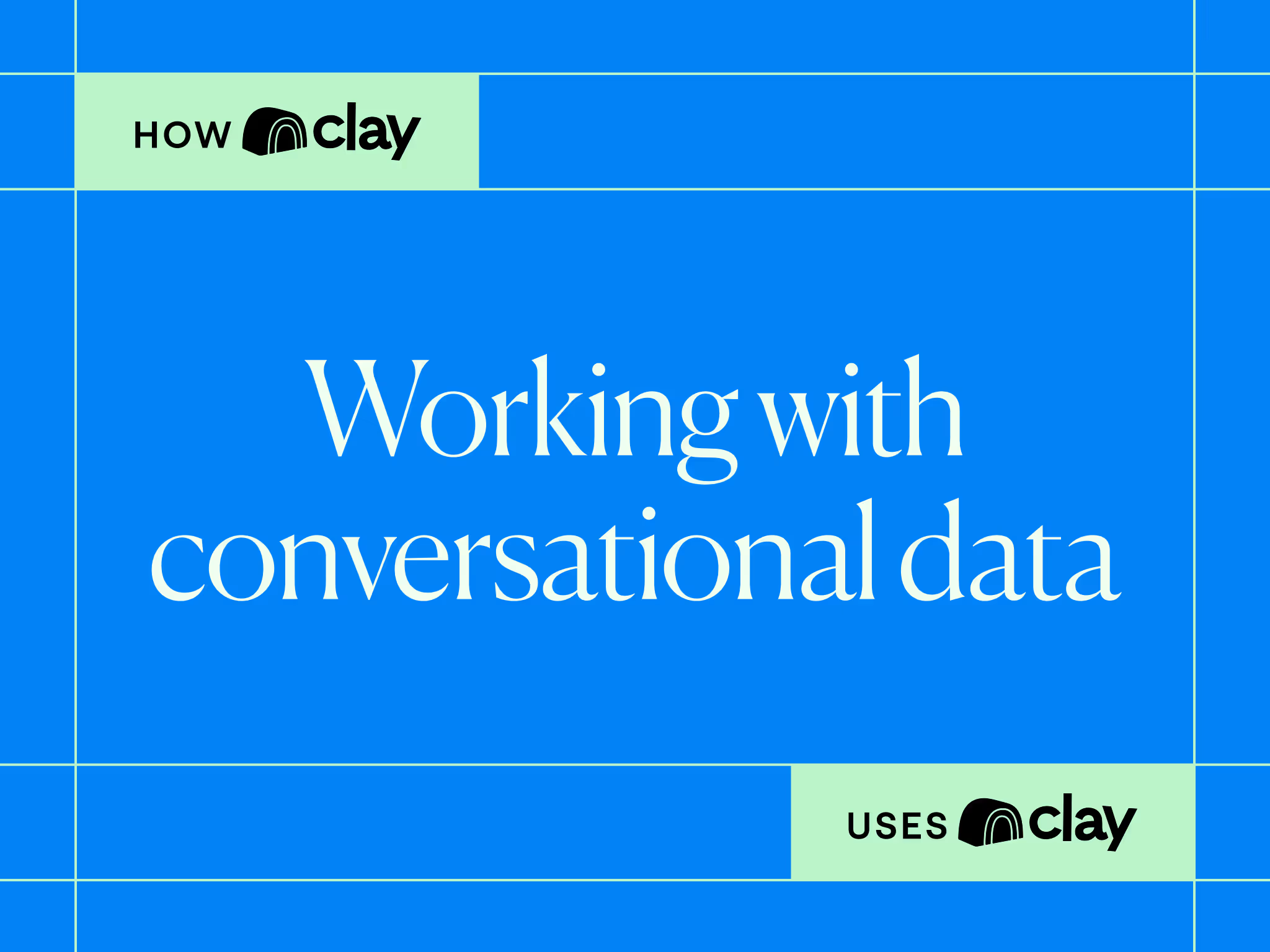
.avif)





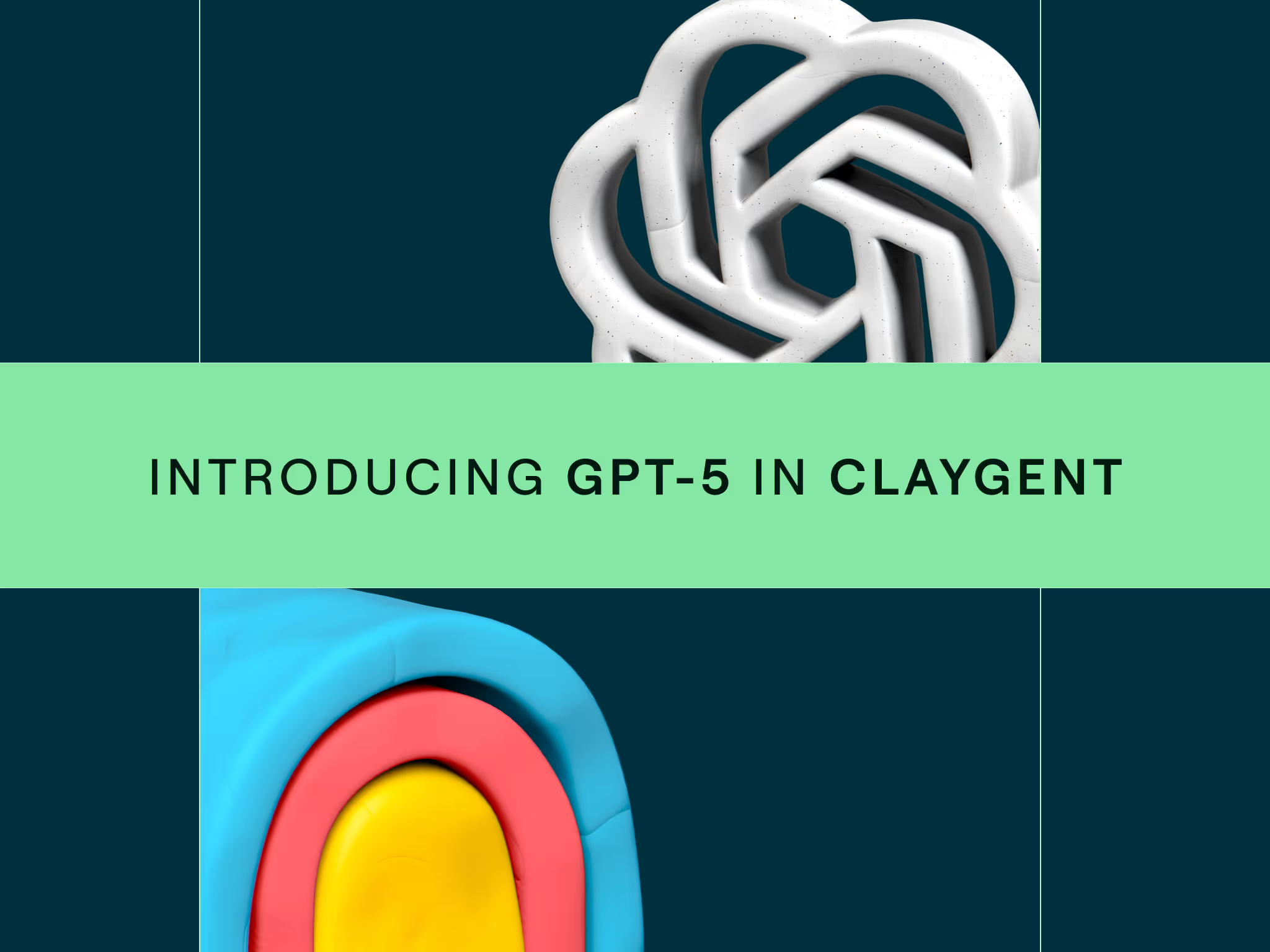
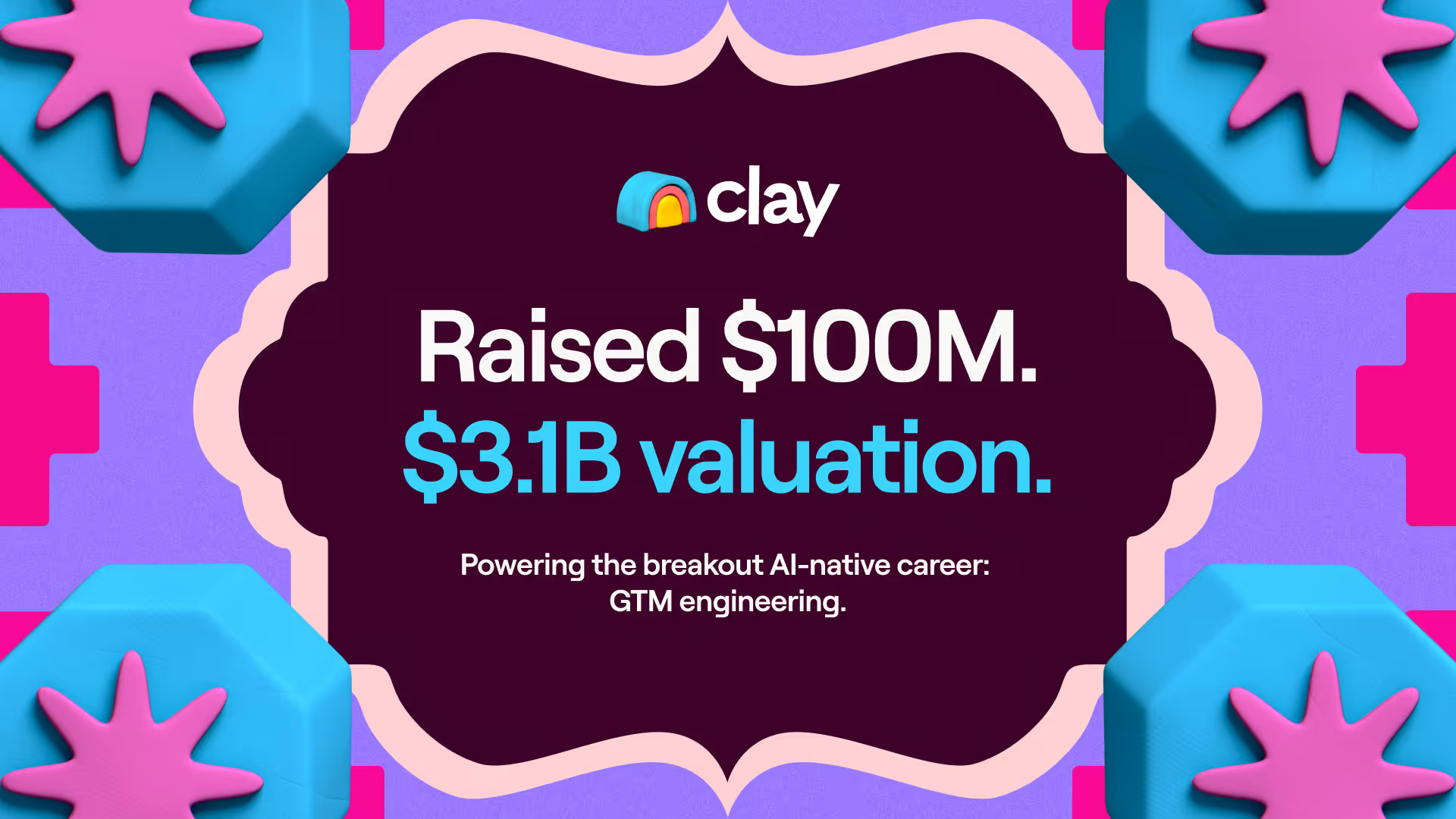




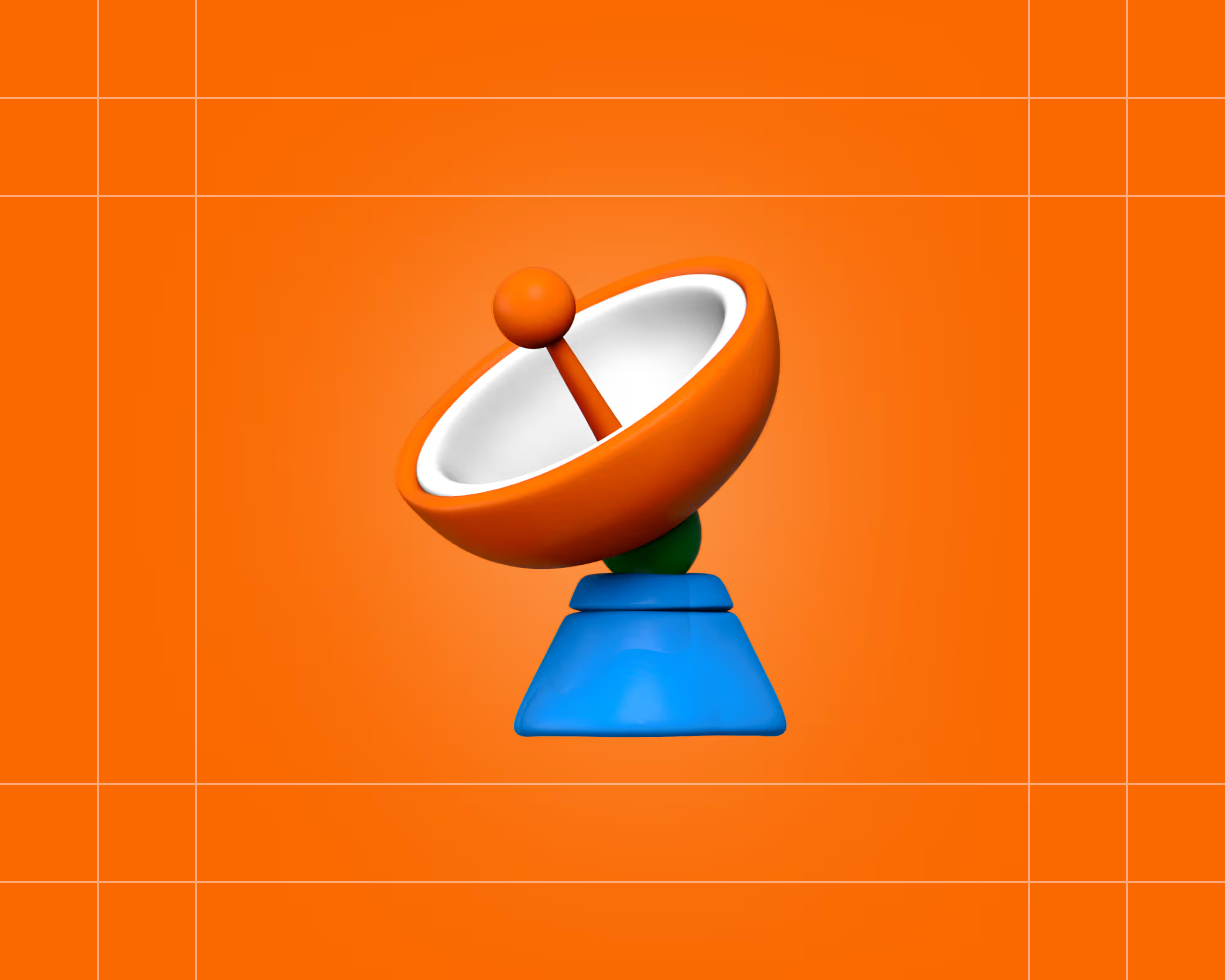


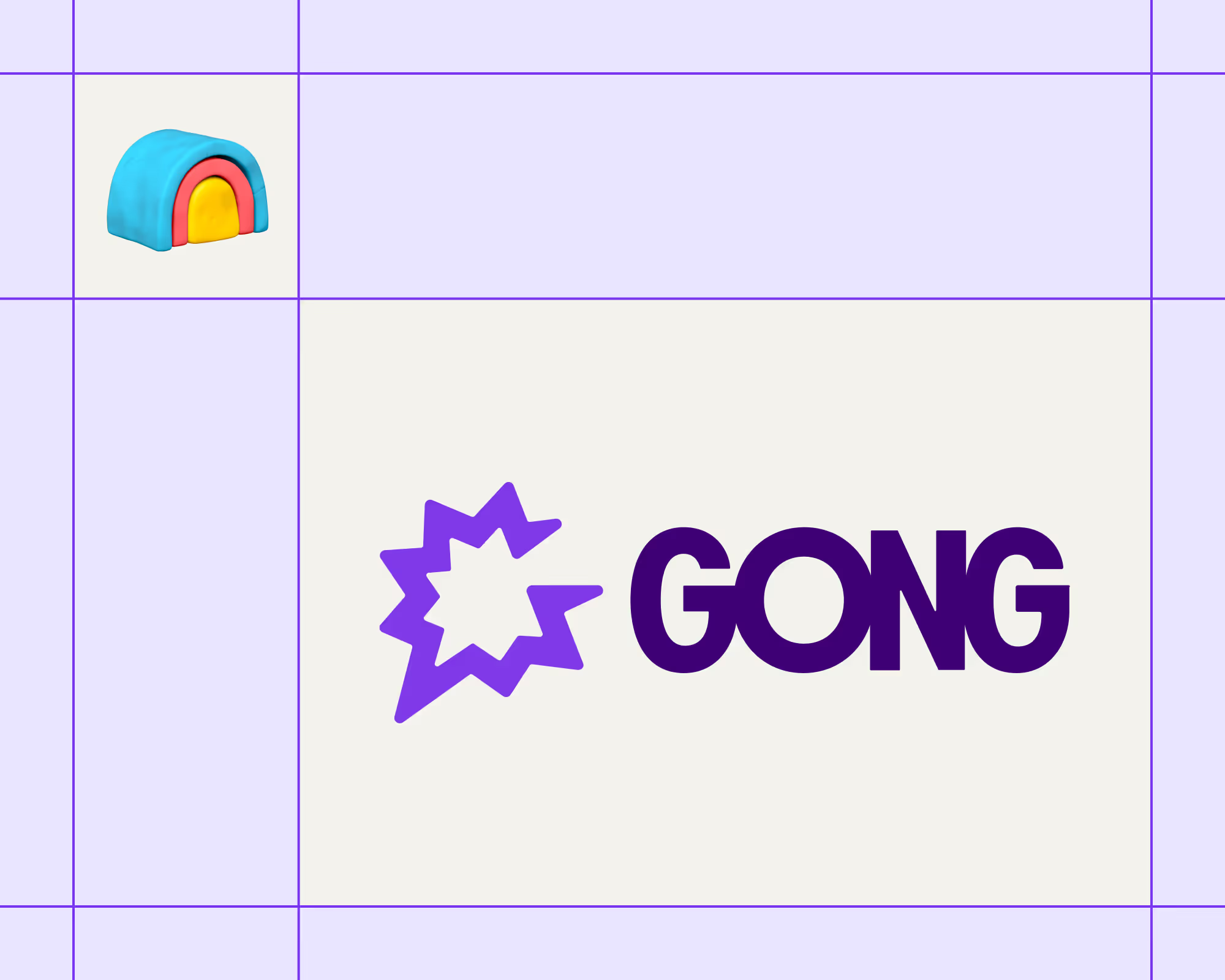

.avif)











.avif)
.avif)






















































